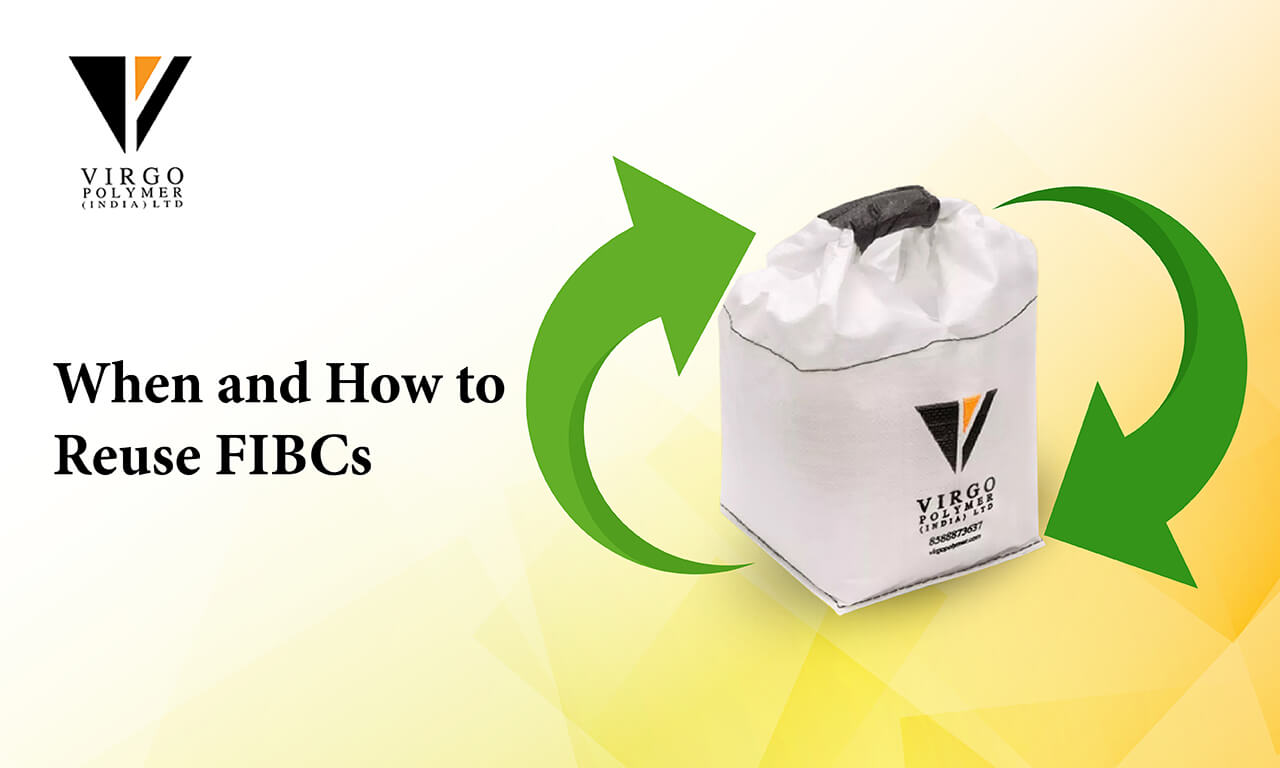



According to the Flexible Intermediate Bulk Container Association (FIBC), reuse of FIBCs should be carried out within a closed-loop system. In other words, it needs to reused to handle the same product, within the same application for which it was originally built. In this manner, you can minimise contamination of any kind.
Most flexible intermediate bulk containers (FIBCs) built with a standard rating of 5:1 are meant to be used only once. Here’s how you can find out if your FIBC is meant for multiple uses.
The safest way, however, to decide if your bag is meant for one-time or multiple uses is to check with the manufacturer during purchase.
Clean the FIBC using a method that best removes any dirt or residue. This
will depend on the type of product/application you have previously used the FIBC for.
Make sure that there should be no more than 4 ounces of statistically held dust (if any)
post cleaning.
If you use water/other liquids to wash the FIBC, ensure that you dry it thoroughly to
avoid chances of moulding.
Inspect the FIBC for cuts, frays, material thinning, brittleness,
discolouration and other signs of wear and tear. This is a crucial step to determine if
the bag is, in fact, ready to be safely reused. Especially when lifting and transporting
of products is involved, skipping this step can be a serious safety hazard.
While inspecting, take special note of the sturdiness of the loops, look for unravelling
stitches along the sides, seams and bottom of the bag. Do not reuse the bag if it seems
damaged.
For small holes (less than 1 inch) that are not close to the straps or
bottom corners can be patched with industrial-strength polypropylene fabric and
adhesive. Always patch holes with a fabric that is at least 1 1⁄2 inches bigger than the
damaged area and always add two patches at a time - one on the inner surface and one on
the outside. Also, consider replacing linings and straps with newer ones.
This step is not applicable if your FIBC has any of the signs listed in the previous
step - including severe discolouration, frayed lifting straps, holes/tears bigger than
one inch or multiple holes/tears/frays close to lifting straps or near the bottom
corners, three or more holes close to each other, brittleness, hardening and so on.
Inspect the repaired/reconditioned bag once again and conduct a top lift
testing. Ensure that the test the bag as per ISO 21898 standards and maintain these test
reports for at least three years.
Avail the manufacturer’s support, if possible, to determine how to test if the FIBC is
qualified for use once again. This will vary depending on the type of product and
application for which the FIBC is going to be used.
Due to the large quantity of material carried in FIBCs, it is generally
advised not to reuse them. This is because there is a possibility for error while
inspecting and repairing FIBCs that may not give them the expected strength and
sturdiness expected of them.
One of the biggest risks while reusing FIBCs is that, if not cleaned thoroughly, they
can cause contamination. That’s why you should never reuse an FIBC for different
products and applications unless it is absolutely safe.
Also, remember that even multi-use FIBCs are not meant for an infinite number of uses.
They will also wear out over time. Learn from the manufacturer to understand the
limitations of your big bag and use it accordingly.
FIBCs are usually not very expensive, especially considering their size and usefulness. So while it may be possible to keep buying a new FIBC for each use, don’t just trash each bag after its use - recycle it instead!
For the best quality FIBCs for all kinds of products and
applications, get in touch
with
us today!
